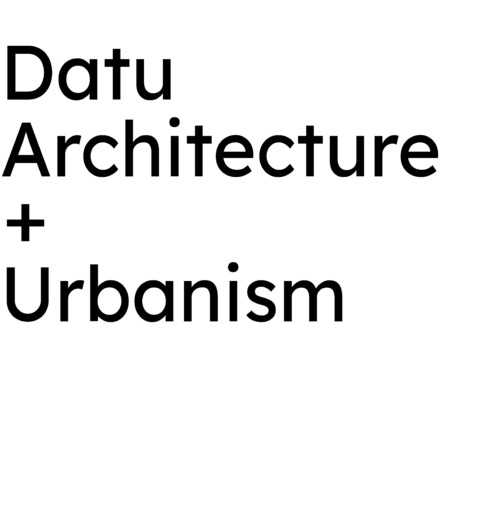This postscript offers some preliminary observations on how the coronavirus disease (COVID-19) pandemic interacts with geographies of local governments. It was written in the middle of April 2020, a fortnight in which Australians had begun to believe that we had “flattened the curve” and could begin to debate how social distancing measures should be eased. It is important to note this point because of how quickly both the epidemiology and government responses are changing from week to week. The context in which this postscript was written may be very different from the context in which it is read. Throughout March and early April, Australian governments’ focus has been on immediate responses such as expanding hospital capacity, imposing and enforcing social distancing, and emergency economic relief measures, which have generally had widespread support across the political spectrum. By the time this postscript is published, the focus is expected to be on the medium- and long-term impacts on the economy and on inequality, with the proposed responses likely to be much more contested politically. However, because of how quickly concerns are changing, it is possible that this expectation will be off the mark, and that the observations made in this postscript will no longer be relevant, in which case it might be hoped that they may at least stand as part of the historical record of the crisis.
This is the first paragraph of an academic virtual issue coda originally published as Datu (2020), ‘Coronavirus disease and local government’, Geographical Research 58(30), 310–312. Click on the following link to read the entire coda (free access).
https://doi.org/10.1111/1745-5871.12414
See also Geographies of local government, to which this coda was written in response.
